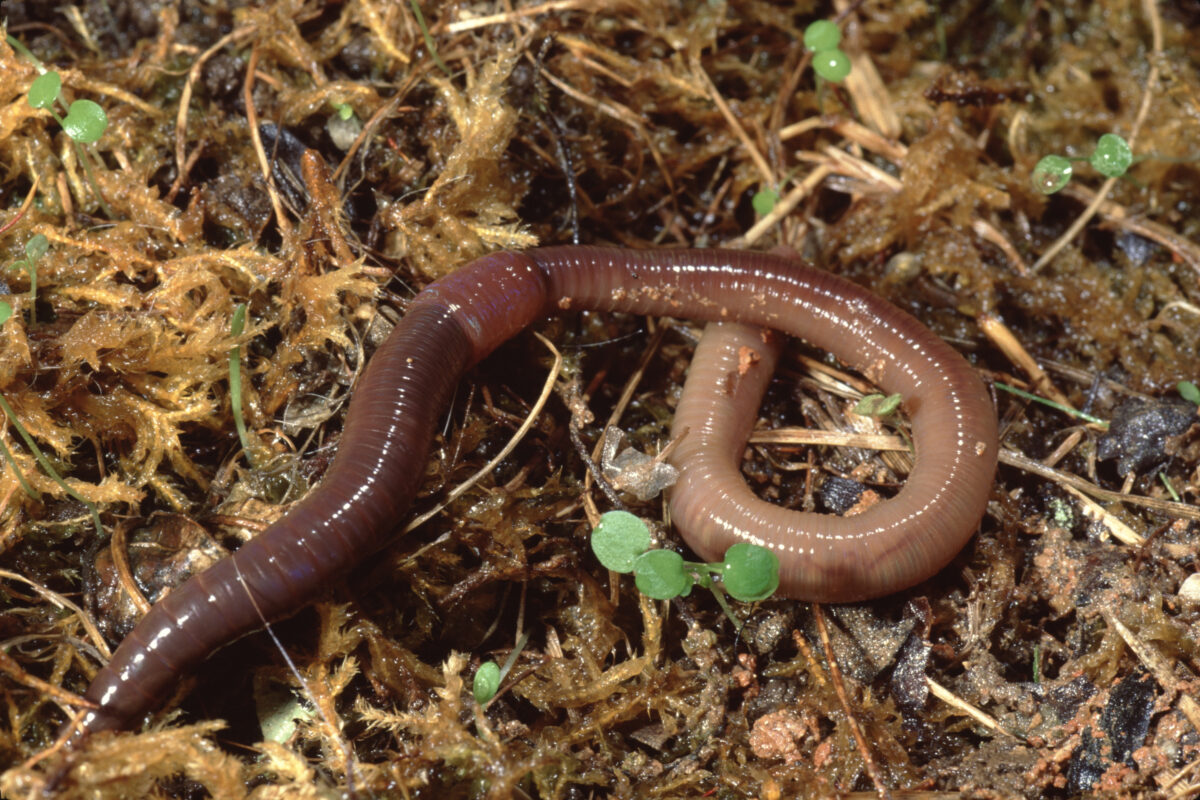Delving into the unique world of nightcrawlers? Well, you’re in the right place! Raising nightcrawlers doesn’t merely involve dropping these fascinating creatures into a mound of dirt and forgetting about them. Oh no, there’s much more to it that’s captivating and rewarding if you hit the nail right on the head!
Creating the Perfect Habitat for Nightcrawlers

With successful worm farming, the emphasis lies in recreating a natural, homely environment for the nightcrawler. Ensuring this enviable habitat involves maintaining certain conditions, primarily focusing on the soil’s density and moistness.
Getting the Soil Just Right
A combination of coconut coir, peat moss, and topsoil strikes the right balance for the soil type. Here’s what you need to know about moistness:
- Keeping the soil damp is critical. Too dry, and the nightcrawlers won’t feed; too wet, you risk their survival.
- Check for the right level of moistness by squeezing a handful of soil; only a couple of droplets should emerge.
- Spritzing water with a spray bottle helps prevent overwatering and ensures a uniform distribution.
Nurturing the Worms: Feeding and More
After getting the habitat set, proper nourishment is the next stepping stone in raising nightcrawlers. However, the worms need a few days to settle in before you introduce a feeding routine.
Feeding Your Nightcrawlers

With a variety of organic waste such as fruit peels, vegetable offcuts, coffee and tea grounds, and even stale bread, keeping your nightcrawler colony well-fed becomes a great way to recycle food waste. Here’s how:
- Bury the food matter about an inch beneath the surface.
- You can stick to a feeding schedule of once a day or once a week, depending on your availability and the size of your worm farm.
- Remember, only add more food once you notice previous feedings have been completely consumed.
Maintaining Ideal Conditions
Raising Nightcrawlers successfully requires the right balance of temperature and soil pH. Aim for a pH level between 6.0 and 7.0, which you can achieve by adding powdered limestone to the soil every two weeks. Soil temperatures should ideally be between 60 and 70 degrees.
Wrapping Up
While maintaining optimal conditions for your worm-crawling friends might seem a tad bit challenging, remember: that patience and dedication are key. Much like other aspects of animal care, raising nightcrawlers can be a fulfilling, rewarding experience once you’ve nailed down the basics. And guess what? You’ve taken the first step by reading this guide. Happy worm farming!
Related Resources: